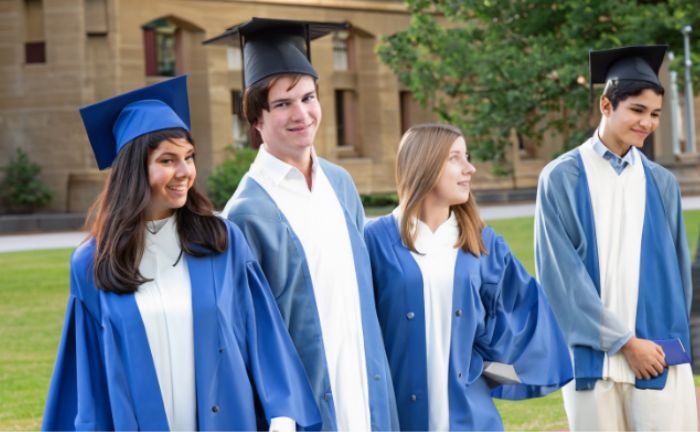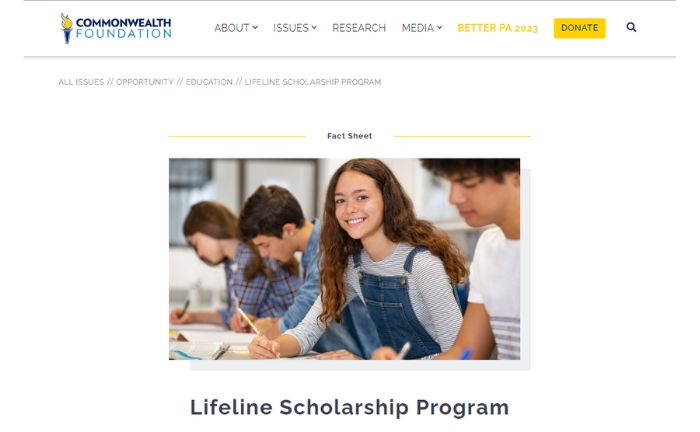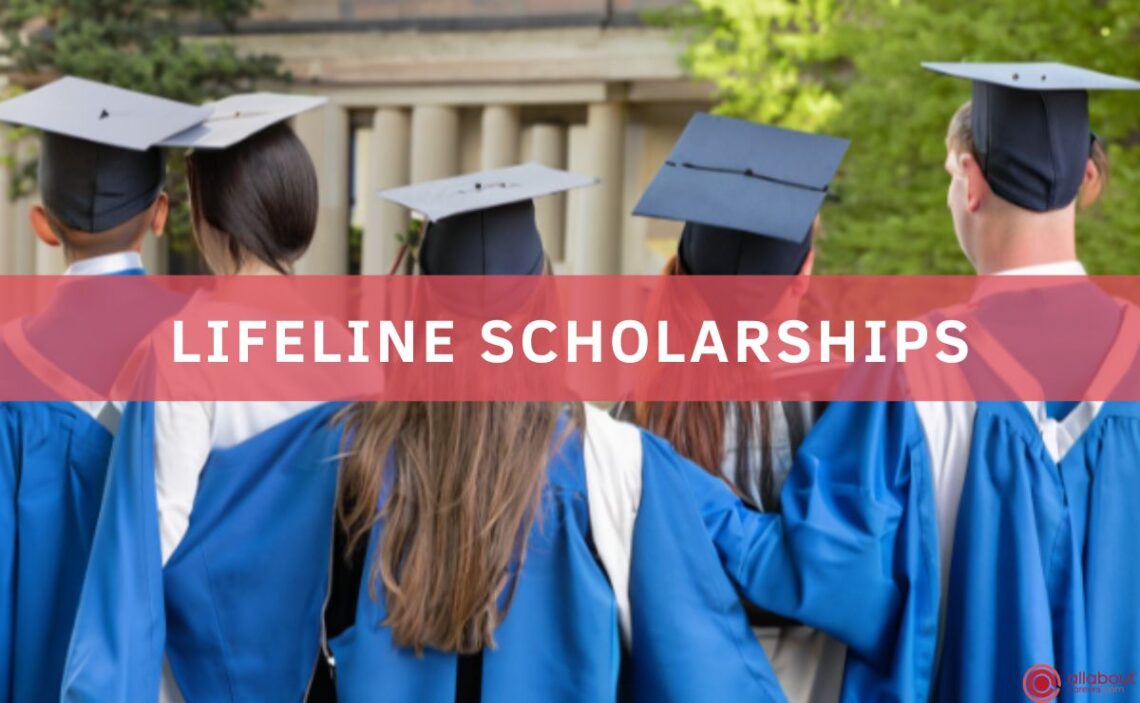As a student, one of the most significant opportunities is to receive a scholarship to attend university after graduating high school. However, for many families, the cost of higher education can be a considerable burden. Our goal is to ensure everyone has equal access to the benefits of higher education, and Lifeline Scholarships is an excellent opportunity for students who need financial support.
You may be wondering what exactly these scholarships are, whom they are intended for, and how you can apply. We understand you may have many questions, so we highly recommend that you continue reading this article. We will provide all the information you need about Lifeline Scholarships, including how to apply and qualify for financial assistance to cover your university studies.
What are Lifeline Scholarships?
Lifeline Scholarships are financial awards that are designed to help students from low-income families afford to attend college. These scholarships are based on need, meaning they are awarded to students who can demonstrate financial hardship.

These scholarships provide critical financial assistance to students who might otherwise find it difficult to pay for higher education. The primary funding sources for Lifeline Scholarships come from private organizations, foundations, and some colleges and universities.
How do Lifeline Scholarships work?
Lifeline Scholarship Accounts, or EOAs (Educational Opportunity Accounts), are specialized accounts financed by state tax dollars. The primary purpose of these scholarships is the provision of financial assistance to students in need.
They can cover various college expenses, including tuition, fees, room and board, and other costs such as books and supplies. This financial aid can make a significant difference in making higher education more accessible and affordable for students from low-income families.
Lifeline Scholarships enable talented and motivated students to overcome financial barriers and reach their full academic potential. So, if you can apply for one of these scholarships, meet the requirements, and go for it! Make the most of it and enjoy this new stage of your life! And, if you like sports, you can check some scholarships for D1 football.
Who is responsible for awarding Lifeline Scholarships?
The State Treasurer will oversee the Lifeline Scholarship accounts, akin to their role in the 529 program, a tax-advantaged savings plan designed to promote saving for future education costs. The Auditor General, vested with the authority to perform random audits of these accounts, ensures the appropriate use of funds.

Any suspected fraud cases will be escalated to the Inspector General for in-depth investigation. Should a nonpublic school be found guilty of fraud, the State Treasurer is empowered to exclude that school from the program.
State agencies, including the State Treasurer, are prohibited from imposing additional regulations on the educational programs of schools participating in the Lifeline Scholarship program. This stipulation ensures that while schools are part of this type of scholarship, they are not subjected to additional rules or regulations by state entities concerning their educational programs.
Price of each Lifeline scholarship account
The allocation of funds for each Lifeline Scholarship Account is determined according to academic level. The annual amount for grades K-8 would be $5,000 ($2,500 for half-day kindergarten).
Students in grades 9-12 would receive $10,000 annually, while those with special needs, regardless of status, would receive $15,000 yearly.
IMPORTANT: Students earning an EOA would remain eligible for transportation provided by their resident school.
Requirements to apply for a Lifeline Scholarship
If you were wondering who can apply for these scholarships, the answer is that students must meet specific criteria to be eligible for the Lifeline scholarship program. The main point is that they reside in the attendance zone of a school designated as low-achieving, and they must meet at least one of the following conditions:
- To have been enrolled in a Commonwealth public school in the previous academic year means that students who have previously attended a public school in the same state are eligible for the program.
- To have received funds from this program in the previous academic year. This means that students who have already benefited from the program in the past can continue to receive aid as long as they continue to meet the other eligibility criteria.
- To be enrolled in preschool or first grade in the upcoming semester. This means that students who have just begun their formal education are also eligible for the program.
By implementing these criteria, the program aims to target and prioritize students in the greatest need of assistance, ensuring that resources are allocated to those requiring it the most.

What is a low-achieving school?
A low-achieving public educational institution falls within the bottom 15 percent of academic performance as determined by state achievement tests in a particular academic year. This ranking is based on combined math and reading scores.
It serves as an indicator of comparatively lower levels of academic achievement exhibited by the school compared to other institutions. Identifying a school as low-achieving is a call to action for educators and administrators to identify areas of improvement and implement strategies to address them.
NOTE: This ranking assessment generally excludes charter schools, cyber charter schools, and area career and technical schools.
Lifeline Scholarships 2024
The House passed Lifeline scholarships in 2022 to provide students in schools ranking in the bottom 15% of performance with an Educational Opportunity Account (EOA). Despite many local schools performing well, thousands of students must be assigned to consistently low-performing schools.
In Pennsylvania, recent assessments show bad math and language arts proficiency, particularly among minority students, with significant learning loss due to the pandemic. According to the Commonwealth Foundation website, schools in the bottom 15% have alarmingly low math and English proficiency rates.

Lifeline scholarships aim to directly fund students, not institutions, providing immediate relief to those in these schools. This allows students to choose the education that best suits their needs. A 2024 survey revealed that 67% of parents want school choice, and there is widespread support for educational choice, especially for families in low-performing schools.
References
- “Lifeline Scholarship Program.” Commonwealth Foundation, https://www.facebook.com/CommonwealthFoundation, https://www.commonwealthfoundation.org/research/lifeline-scholarship-program/.


